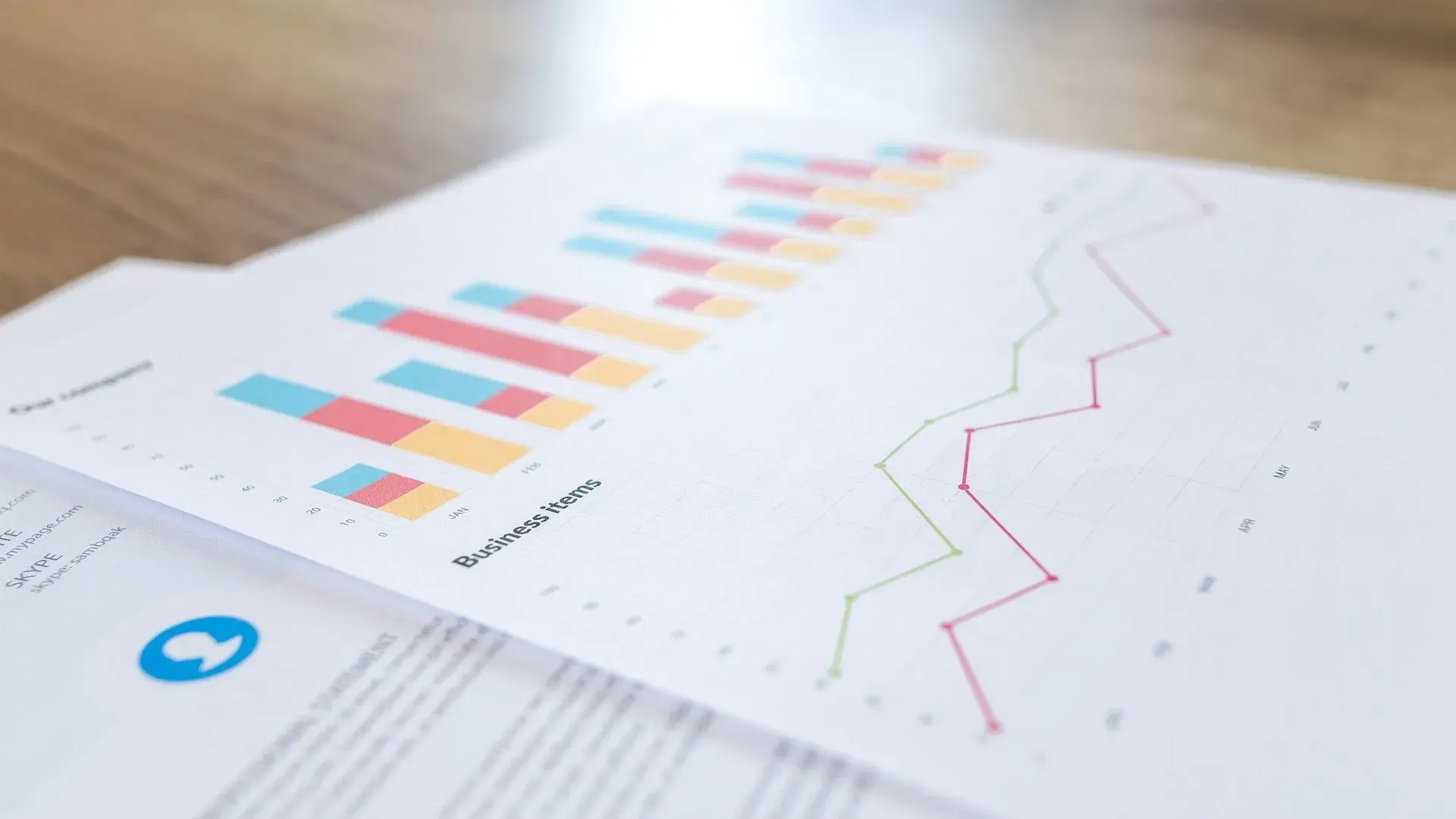Examples of Business Analytics in Action
In today’s fast-paced business environment, data is the currency of success. Companies are increasingly leveraging business analytics to turn raw data into actionable insights that drive decision-making, optimize operations, and fuel growth. Let’s explore some compelling examples of how businesses across various industries are using analytics to create value and stay ahead of the competition.
Retail: Personalizing Customer Experiences
Retailers are pioneers in using business analytics to understand their customers better. By analyzing purchasing patterns, demographic data, and online behavior, companies can:
Personalize Recommendations: Platforms like Amazon use sophisticated algorithms to suggest products based on customers' previous purchases and browsing history.
Optimize Inventory Management: Businesses like Walmart employ predictive analytics to forecast demand, ensuring they stock the right products at the right time.
Enhance In-Store Layouts: Retailers use data heatmaps to determine how customers move through stores, optimizing layouts to encourage more purchases.
Healthcare: Improving Patient Outcomes
The healthcare sector is harnessing the power of analytics to enhance patient care and reduce costs. Examples include:
Predictive Diagnostics: Hospitals use analytics to predict patient outcomes, such as identifying individuals at high risk for chronic diseases.
Operational Efficiency: Analytics helps streamline scheduling, reduce wait times, and optimize staff allocation.
Personalized Treatment Plans: Data from wearable devices and electronic health records enables healthcare providers to tailor treatments to individual patients.
Finance: Enhancing Risk Management
The financial sector has long relied on analytics to mitigate risks and uncover opportunities. Key applications include:
Fraud Detection: Banks use machine learning algorithms to detect unusual transaction patterns and flag potential fraud in real time.
Credit Risk Assessment: Financial institutions analyze customer data to evaluate creditworthiness, reducing default risks.
Investment Strategies: Hedge funds and asset managers leverage big data analytics to identify market trends and optimize portfolios.
Manufacturing: Streamlining Operations
Manufacturers are using analytics to improve efficiency and reduce costs. Notable examples include:
Predictive Maintenance: Companies like General Electric analyze sensor data from equipment to predict failures before they occur, minimizing downtime.
Supply Chain Optimization: Analytics helps identify bottlenecks and streamline logistics, ensuring materials and products reach their destinations on time.
Quality Control: Data analytics is used to monitor production processes and identify defects early, improving product quality.
Marketing: Driving Campaign Success
Marketers use analytics to refine their strategies and maximize ROI. Applications include:
Audience Segmentation: Companies analyze demographic and behavioral data to create targeted campaigns that resonate with specific customer segments.
Campaign Performance Monitoring: Analytics platforms like Google Analytics provide real-time insights into campaign effectiveness, allowing marketers to adjust strategies on the fly.
Customer Retention: Businesses track customer behavior to identify churn risks and implement loyalty programs to retain high-value clients.
Energy: Optimizing Resource Utilization
Energy companies are leveraging analytics to enhance efficiency and sustainability. Examples include:
Smart Grid Management: Utilities analyze consumption patterns to optimize energy distribution and reduce waste.
Renewable Energy Forecasting: Companies use weather data and predictive analytics to forecast renewable energy production, ensuring reliable supply.
Equipment Monitoring: Analytics identifies underperforming assets, enabling timely maintenance and improving overall efficiency.
How Arctic Analytx Can Help
At Arctic Analytx, we specialize in empowering businesses to unlock the full potential of their data. Whether you operate in retail, healthcare, finance, or another industry, our expertise in business analytics can help you:
Implement Advanced Tools: From Tableau to custom analytics solutions, we ensure you have the tools you need to succeed.
Develop Data Strategies: We work with you to define clear goals and create a roadmap for achieving them.
Deliver Actionable Insights: Our team translates complex data into easy-to-understand insights that drive decision-making.
Train Your Team: We provide hands-on training to help your team leverage analytics tools effectively.
Conclusion
Business analytics is transforming industries by providing insights that enable smarter decisions, greater efficiency, and enhanced customer experiences. These examples demonstrate the versatility and power of analytics in action. If your organization is looking to harness the potential of data to drive success, Arctic Analytx is here to guide you on the journey. Let’s unlock the future of your business, together.



